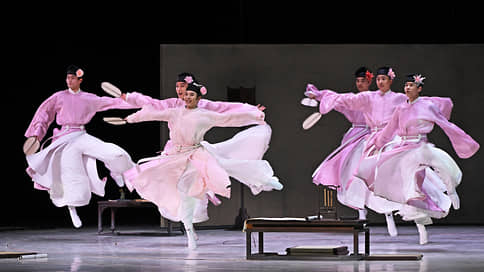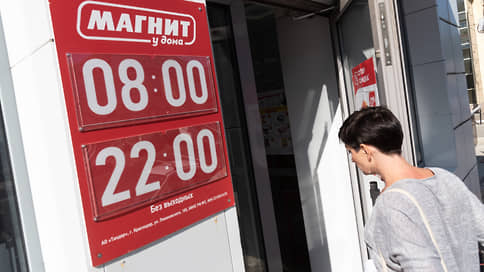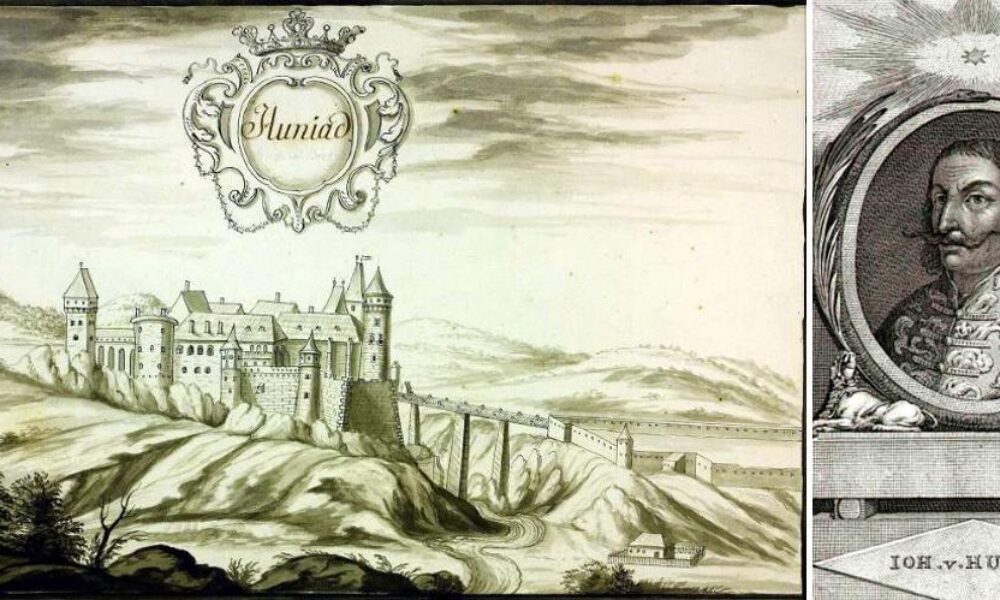« Poetic dance: the journey of the legendary landscape »: what the performance is about

On the stage of the Kremlin Palace, the opening of the XVII Chekhov festival took place: the Chinese group of oriental performing arts presented the performance “Poetic Dance: the Journey of the Legendary Landscape”, whose contemplative beauty lulled Tatyana Kuznetsova.
All 33 years of its existence, the Chekhov festival was not indifferent to the art of Southeast Asia. Therefore, it is not surprising that in the year of the Chinese-Russian cultural exchange “World Series” of 13 performances, it was opened with a grandiose production dedicated to one of the main treasures of Chinese painting-the 11-meter scroll “Mountains and Water for a thousand Lee”, created by the artist Van Simen in the era of the Dynasty Sun more than 900 years ago.
A huge team of producers and creators worked for a whole year on the three -hour performance, designed to represent Chinese culture abroad. Composer Liu Lyan wrote a melodic, easily digestible music, busy with Chinese pentatonic and traditional instruments. The artists Gao Guangjian (scenery), Zhen Dunshin (Light) and Jan Dunlin (costumes) built a universal world on a rogting Kremlin stage, allowing the action to smoothly flow from interiors to the open air, from the present, from a poetic « reality » into an imaginary world. The choreographers Zhou Lia and Han Zhen decorated the pantomime story with dance genre scenes, bursts of virtuoso acrobatics and female mass dances, resembling the Chinese version of the “birch” accuracy of rebuilding, evenness of the corps de ballet and the beauty of the dancers. And the librettist Xu Junjuy came up with the figure of the narrator-a contemporary art critic imagining the era of Sun, a young artist and the whole process of creating a canvas: from the search for minerals necessary for the manufacture of magical blue-green colors to creative torment Van Simen.
The Chekhov festival pre -pre -a lecture by the lecture of the Chinese Ekaterina Novikova about the features of the art of the Sun dynasty, but even without knowledge of these subtleties, the performance was extremely clear. Holescence in it was combined with ingenuousness, metaphors (it seems that it was often a beauty in a breathtaking dress, personifying the splendor of Chinese nature), was easily read, illustrative action flowed without omissions, the credits over the stage clarified the details. The narrator in glasses and a neutral gray costume was present at all stages of a large path, sharing the inspiration of Van Simen and worried about the success of the enterprise.
The most spectacular in the play were mass scenes that began and ended with “living paintings”. The process of making silk for the scroll looked especially poetic: graceful girls in stylized white clothes swam in front of the audience on the moving circle of the scene, frozen in picturesque poses above the tools of production, among which weaving machines and wicker round baskets were distinguished; These straw discs served as an expressive accessory for delicate girlish dance. The paints for the painting of Van Simen were made by men: one beat with a hammer by an anvil, separating slags, the other a cleverly peeled mineral in a large stupa, several more were engaged in unidentified processes, but all the rapidly and silently took off with almost vertical “Bedouin wheels” and cut the air with high dull “scissors”.
The authors of the dance epic tried to portray artist Van Simen with maximum ease. It is known that he died young, so that his role is played by a low, thin, mobile Zhang Han, weightless in jumping and swift in multiple port de bras – light flying clothes turn them into real fireworks. The comic scene at the Imperial Art Academy draws the author of a masterpiece as a student with ingenious, but negligent. He is late, flutters from the schoolboy to the school, peeping the task, draws with frivolous negligence. The minutes of creating a masterpiece, during which Van sits at a table, leading a feather on a scroll, look much more likely for his school pranks.
In the final, the directors scrolled a digest of an epic performance: the main characters engaged in their work swam on a rotating circle in front of the viewer. Then the scroll itself appeared: its linear meters were scrolling in the back behind the clawing artists. And this is a strong impression: the little people there are practically not visible, even the villages are inconspicuous. The exquisite lines of the mountains, the aristocratic blue of water strokes, the thin dashes of trees-the Western choreographer would put something on this subject a plot-metaphysical minutes for 60 minutes. And this abstraction would probably have drowned in a long series of similar ones. Another thing is the thorough Chinese « Journey of the legendary landscape. » It will not work to forget it: such an illustrative simple -hearted European dance art lost at least a century and a half ago.




:format(webp)/s3/static.nrc.nl/images/gn4/stripped/data132134012-36b090.jpg)

